Introduction
In recent years, the topic of Unidentified Flying Objects (UFOs), now more commonly referred to as Unidentified Aerial Phenomena (UAPs), has moved from the fringes of science fiction and conspiracy theories into mainstream discussion. This shift is largely due to a series of credible reports, official acknowledgments, and the release of previously classified information by various government agencies. The increasing visibility and legitimacy of the subject have captured the public’s imagination and sparked a renewed interest in understanding what might be traversing our skies.
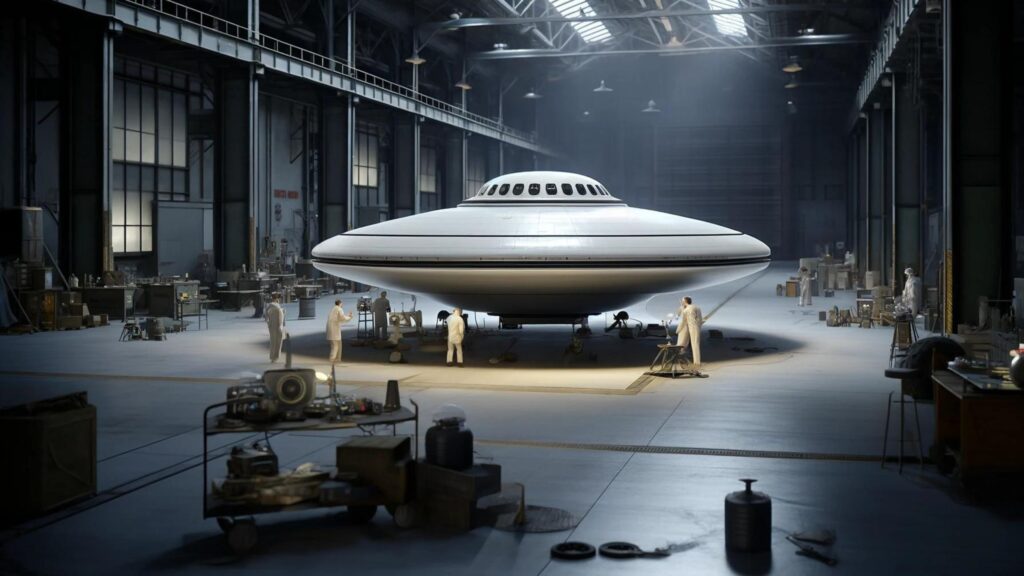
The Growing Mainstream Interest in UFOs/UAPs
Traditionally, the discussion around UFOs and UAPs centered on the possibility of extraterrestrial life. People have long wondered if these sightings were evidence of visitors from other planets. However, the conversation has evolved. Today, there is growing speculation about the technological aspects of these phenomena. Specifically, many are now considering whether some of these unidentified crafts could be advanced technologies that have been reverse-engineered from non-terrestrial origins. This intriguing shift in focus raises profound questions about our scientific capabilities and the boundaries of human knowledge.
From Extraterrestrial Life to Reverse-Engineering Alien Technology

At the heart of this speculation lies the concept of ‘The Program.’ According to various sources, including whistleblowers and former government officials, ‘The Program’ is a highly secretive initiative operating within the deepest levels of the defense and intelligence communities. Its purported mission is to recover, analyze, and possibly replicate alien technology. While details about ‘The Program’ are shrouded in mystery and often debated, it is believed to function with a level of autonomy and secrecy that surpasses even the most classified government projects.
Introducing ‘The Program’: A Covert Initiative
The idea of ‘The Program’ challenges our understanding of what is possible. It suggests that somewhere in the hidden recesses of our government, there might be efforts underway to harness technologies far beyond our current scientific paradigms. Whether these efforts are real or the stuff of legend, the very possibility captivates the imagination and drives the quest for answers.
As we delve deeper into the world of UAPs, it becomes clear that the line between science fiction and reality is increasingly blurred. The potential existence of ‘The Program’ and its endeavors in reverse-engineering alien technology represents one of the most fascinating and controversial aspects of modern UAP research. This introduction sets the stage for a detailed exploration of the evidence, key figures, and government initiatives that underpin this extraordinary narrative.
The Program: Myth or Reality?

Overview of ‘The Program’
‘The Program’ is rumored to be a highly secretive body operating within the depths of the defense and intelligence communities. Allegedly, it functions under the direct oversight of top-tier officials and military leaders, insulated from typical bureaucratic oversight. According to various insiders and whistleblowers, such as David Grusch and Luis Elizondo, ‘The Program’ is dedicated to the recovery, analysis, and potential reverse-engineering of non-terrestrial technology. This initiative is said to possess a level of autonomy and secrecy that eclipses even the most classified government projects, making it a subject of intense speculation and intrigue.
Claims and Rumors Surrounding ‘The Program’

The activities of ‘The Program’ are shrouded in mystery, but numerous claims and rumors provide a tantalizing glimpse into its potential scope. Luis Elizondo, who led the Advanced Aerospace Threat Identification Program (AATIP) from 2007 to 2012, has hinted at the existence of materials and technologies that defy conventional understanding. Christopher Mellon, former Deputy Assistant Secretary of Defense for Intelligence, has supported these claims, emphasizing the need for greater transparency and investigation.

Whistleblower David Grusch has made specific allegations about the retrieval and storage of exotic materials, suggesting that ‘The Program’ is actively engaged in studying debris and even intact crafts believed to be of extraterrestrial origin. These materials are reportedly analyzed in highly secure facilities, such as those rumored to exist within Area 51 and other undisclosed locations.

One of the most persistent rumors is that ‘The Program’ has successfully reverse-engineered certain aspects of alien technology, leading to significant technological advancements. Insiders claim that breakthroughs in fields such as stealth technology, fiber optics, and advanced propulsion systems may have origins linked to these secretive efforts. Garry Nolan, a Stanford professor involved in analyzing purported alien materials, has publicly discussed the potential implications of these findings, adding academic weight to the claims.
Secrecy and Speculation

The intense secrecy surrounding ‘The Program’ fuels both fascination and skepticism. The lack of publicly available evidence makes it challenging to verify the extraordinary claims associated with this covert initiative. However, the release of thousands of documents under the Freedom of Information Act (FOIA) has revealed that multiple U.S. intelligence agencies, including the Defense Intelligence Agency (DIA), FBI, CIA, and NSA, have collected information on UFOs/UAPs, adding credibility to the notion of ongoing government interest and involvement.
The existence of programs like the All-domain Anomaly Resolution Office acknowledged in 2017, and the Airborne Object Identification and Management Synchronization Group, established in 2021, indicates that the U.S. government continues to take UAP phenomena seriously. These programs are tasked with investigating unidentified objects that may compromise U.S. airspace, further suggesting that ‘The Program’ could be a component of broader efforts to understand and potentially harness UAP technologies.
As we explore the existence and activities of ‘The Program,’ we confront profound questions about the limits of human knowledge and the potential for technological breakthroughs derived from non-terrestrial sources. Whether myth or reality, the concept of ‘The Program’ remains one of the most compelling aspects of the ongoing UAP discussion.
Key Figures and Testimonies
David Grusch: Insider Claims
David Grusch, a former intelligence official, has emerged as a prominent figure in the discourse surrounding UAPs. Grusch has made explosive claims that the U.S. government possesses alien crafts. According to Grusch, these crafts have been recovered and are being studied by a secretive program dedicated to understanding and potentially replicating their advanced technologies. His assertions add a new layer of credibility to the ongoing debate about the existence and activities of such covert operations.
Luis Elizondo: UAP Capabilities Beyond Our Understanding
Luis Elizondo, who led the Advanced Aerospace Threat Identification Program (AATIP) from 2007 to 2012, has been vocal about the extraordinary capabilities of UAPs. Elizondo has repeatedly stated that these phenomena exhibit behaviors and technologies that defy our current understanding of physics and engineering. These capabilities include hypersonic speeds without sonic booms, instantaneous acceleration, and advanced cloaking mechanisms. Elizondo’s firsthand experience and continued advocacy have been instrumental in bringing the UAP issue into the public eye and urging for greater governmental transparency.
Christopher Mellon: Advocating for Transparency
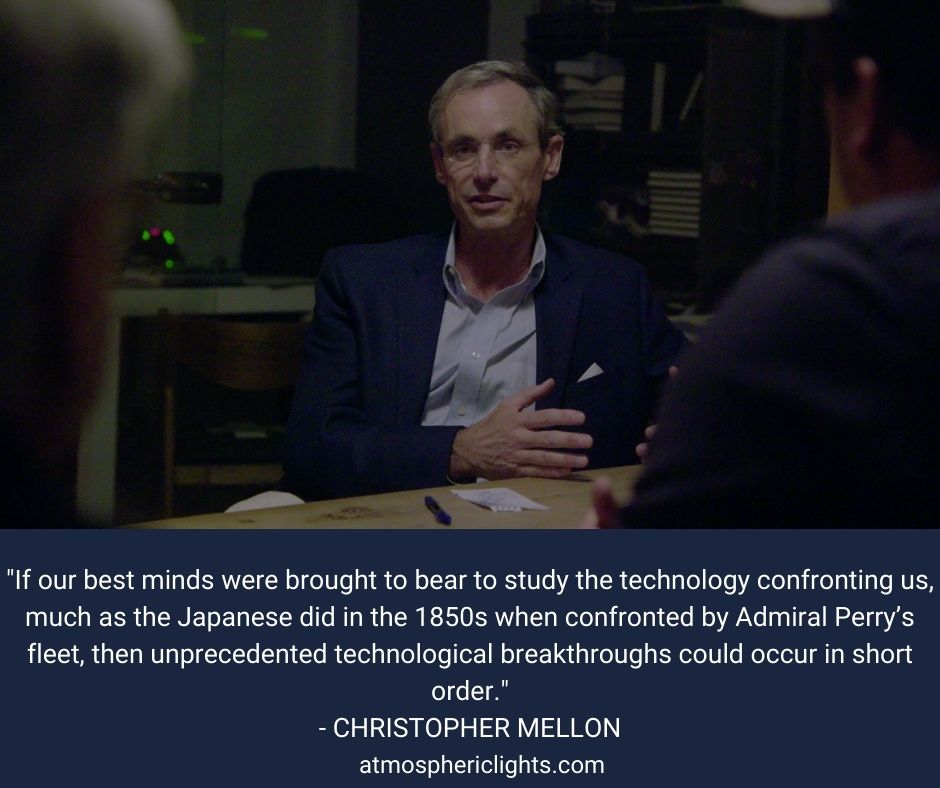
Christopher Mellon, the former Deputy Assistant Secretary of Defense for Intelligence, has been a key advocate for transparency in UAP investigations. Mellon has emphasized the importance of understanding UAPs, not only for scientific curiosity but also for national security reasons. He has been a driving force behind efforts to declassify information and encourage open dialogue about these phenomena. Mellon’s background in intelligence and his push for openness have significantly influenced the current landscape of UAP research.
Garry Nolan: Scientific Analysis of Alien Materials
Garry Nolan, a Stanford professor, has been involved in analyzing materials that are purported to be of alien origin. Nolan’s scientific approach to studying these materials aims to determine their composition and potential extraterrestrial nature. His research has provided a credible academic perspective to the claims of recovered alien technology. By applying rigorous scientific methods, Nolan seeks to either validate or debunk the extraordinary claims associated with these materials, thereby contributing to the broader understanding of UAPs.
Timothy Gallaudet: Exploring UAP Implications

Timothy Gallaudet, former Deputy Administrator of NOAA, has been actively engaged in discussions about UAPs and their implications. Gallaudet’s involvement highlights the interdisciplinary interest in UAP phenomena, extending beyond traditional defense and intelligence communities. His focus includes the potential environmental and societal impacts of UAPs, advocating for a comprehensive approach to studying these phenomena. Gallaudet’s contributions underscore the importance of considering various perspectives when addressing the mysteries surrounding UAPs.
Government Programs and Agencies
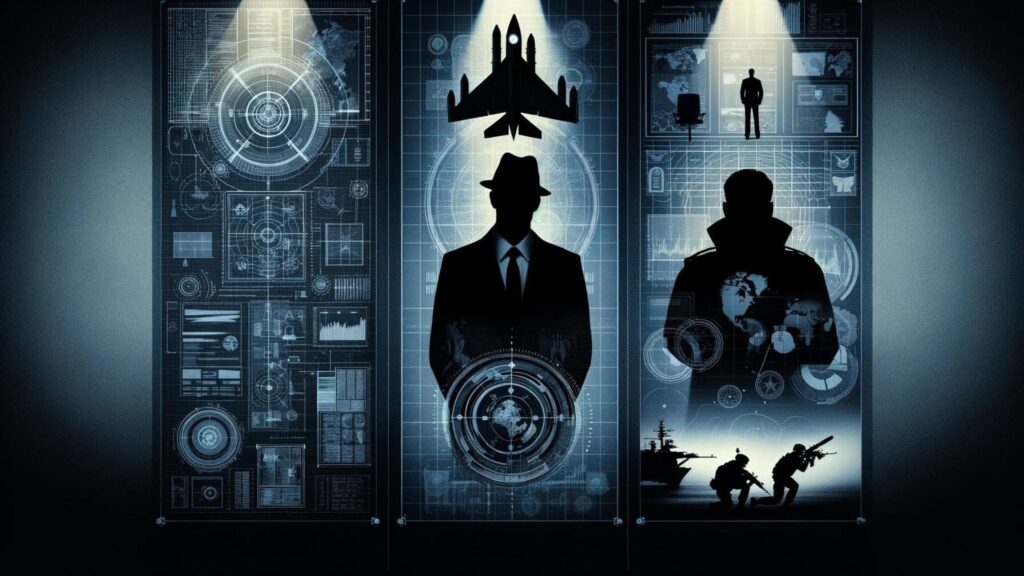
Advanced Aerospace Threat Identification Program (AATIP)
The Advanced Aerospace Threat Identification Program (AATIP) was a secretive initiative funded from 2007 to 2012 by the U.S. Department of Defense. Its primary objective was to investigate reports of Unidentified Aerial Phenomena (UAPs) and assess their potential threat to national security. AATIP was led by Luis Elizondo, who has since become a prominent advocate for transparency in UAP research. Under Elizondo’s leadership, the program collected and analyzed numerous reports and videos of UAP encounters, some of which displayed flight capabilities far beyond known human technology. The work of AATIP laid the groundwork for subsequent UAP research and brought the issue into the public and governmental spotlight.
All-domain Anomaly Resolution Office
Established within the Office of Naval Intelligence, the All-domain Anomaly Resolution Office (AARO) was acknowledged in 2017 as a continuation of efforts to study UAPs. This program aims to resolve anomalies observed across various domains, including air, sea, and space. By integrating data from multiple sources and conducting comprehensive analyses, AARO seeks to understand the nature and origins of these phenomena. The acknowledgment of AARO’s existence marked a significant step towards greater transparency and coordination in UAP research, indicating a sustained governmental interest in these unexplained events.
Airborne Object Identification and Management Synchronization Group
The Airborne Object Identification and Management Synchronization Group (AOIMSG) was established by the Pentagon on November 24, 2021, to investigate unidentified objects that may compromise U.S. airspace. This initiative underscores the ongoing concern about UAPs and their potential impact on national security. AOIMSG is tasked with synchronizing efforts across various defense and intelligence agencies to track, analyze, and respond to UAP incursions. By creating a more organized and systematic approach to UAP investigations, the AOIMSG aims to enhance the U.S. government’s ability to understand and address these mysterious aerial phenomena.
Released Documents and FOIA Requests
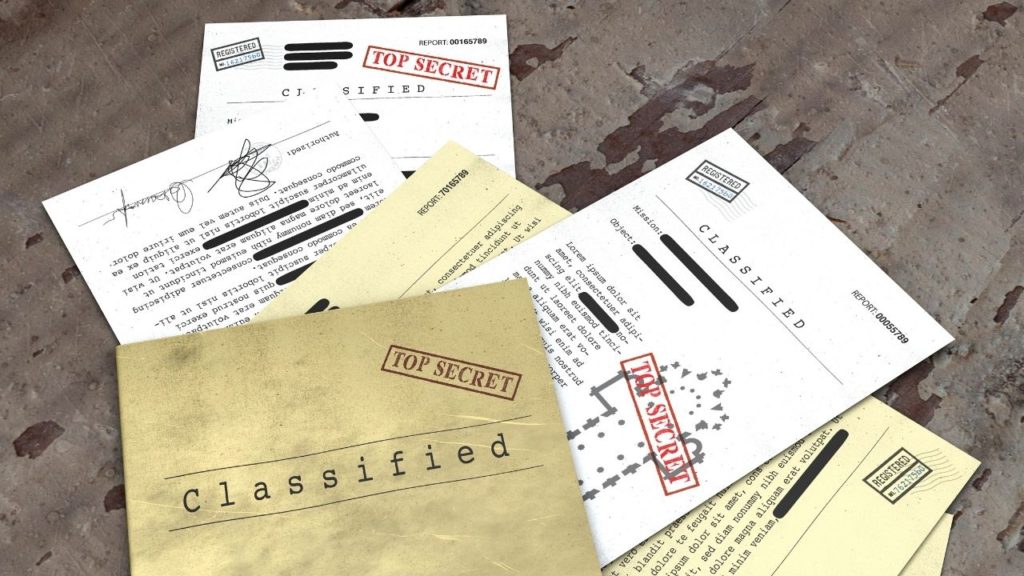
Thousands of Documents Released Under the Freedom of Information Act (FOIA)
In recent years, the Freedom of Information Act (FOIA) has been instrumental in shedding light on the U.S. government’s involvement with Unidentified Aerial Phenomena (UAPs). Through persistent efforts by researchers, journalists, and advocacy groups, thousands of documents have been released, providing a wealth of information previously hidden from public view. These documents include reports, memos, and correspondence related to UAP sightings and investigations, offering unprecedented insight into how seriously these phenomena are taken by various governmental agencies.
Involvement of Multiple U.S. Intelligence Agencies
The released documents reveal the extensive involvement of multiple U.S. intelligence agencies in UAP research and investigation. These agencies have been collecting and analyzing data on UAPs for decades, demonstrating a long-standing interest in understanding these mysterious occurrences.
- Defense Intelligence Agency (DIA): The DIA has been at the forefront of UAP research, particularly through its association with the Advanced Aerospace Threat Identification Program (AATIP). The agency’s efforts have focused on assessing the potential threats posed by UAPs and understanding their technological capabilities.
- Federal Bureau of Investigation (FBI): The FBI’s involvement includes investigating UAP sightings and incidents, particularly those that might have implications for national security or involve potential threats to critical infrastructure. The FBI’s role emphasizes the security and investigative aspects of UAP phenomena.
- Central Intelligence Agency (CIA): Historically, the CIA has been involved in gathering intelligence on UAPs, especially during the Cold War era when any unidentified object was a potential security threat. The agency’s declassified documents provide insights into the global nature of UAP sightings and the international collaboration in studying them.
- National Security Agency (NSA): The NSA’s interest in UAPs often relates to signal intelligence (SIGINT) and electronic communications. Their documents suggest that UAPs have been tracked and analyzed using advanced surveillance and monitoring technologies.
- Military Intelligence Agencies of the Army and U.S. Navy: These agencies have conducted numerous investigations and have gathered substantial data on UAP encounters, particularly those involving military personnel and assets. The U.S. Navy, in particular, has been more forthcoming in recent years about its encounters with UAPs, releasing videos and reports that have captivated public and media attention.
- United States Air Force: The Air Force has a long history of involvement with UAPs, dating back to projects like Blue Book. Their continued interest and investigation into aerial phenomena reflect the ongoing concern for airspace security and technological superiority.
Conclusion
The involvement of these multiple U.S. intelligence agencies highlights the complex and multidisciplinary approach needed to study UAPs. The documents released under FOIA provide a fragmented yet intriguing picture of the government’s efforts to understand these phenomena. They underscore the seriousness with which UAPs are regarded and the extensive resources dedicated to uncovering their mysteries. As more information becomes available, the puzzle of UAPs continues to capture the imagination of both the public and the scientific community, driving forward the quest for answers.
Technological Advancements: Coincidence or Consequence?

Examination of Technological Leaps Post-1947
Since the infamous Roswell incident in 1947, there has been significant speculation about the origins of some of the major technological advancements that followed. While many attribute these leaps to human ingenuity and scientific progress, others suggest a more extraordinary source: the reverse-engineering of alien technology. The timing of these advancements, coinciding with increased UFO sightings and reports, fuels the theory that recovered extraterrestrial materials have played a crucial role in shaping modern technology.
Examples of Advancements Potentially Derived from Alien Technology
- Aerospace Technology: The development of advanced aerospace technologies post-1947 has been remarkable. The rapid progress in jet propulsion, the creation of supersonic aircraft, and the advent of space travel all suggest significant breakthroughs. Some theorists propose that these advancements may have been accelerated by studying recovered alien crafts, particularly their propulsion systems and materials. Whistleblowers like Bob Lazar have claimed that projects at secretive sites such as Area 51 involved analyzing alien spacecraft to unlock their technological secrets.
- Stealth Technology: The emergence of stealth technology in the late 20th century revolutionized military aviation. Aircraft like the F-117 Nighthawk and the B-2 Spirit bomber utilize advanced materials and designs to evade radar detection. Some researchers believe that the principles behind stealth technology could have been inspired by the study of alien crafts, which reportedly possess sophisticated cloaking capabilities. Luis Elizondo has spoken about UAPs exhibiting radar-evading properties far superior to current human-made stealth technology.
- Fiber Optics: The development and widespread adoption of fiber optics in telecommunications have transformed global communications. Fiber optics allow for high-speed data transmission over long distances with minimal loss. Speculation exists that the concept of using light for data transmission might have been influenced by alien technology. This theory is supported by the testimonies of several insiders who claim that fiber optic technology was among the advancements studied in recovered alien crafts.
- Integrated Circuits: The invention of integrated circuits in the 1950s paved the way for the modern computer age. These tiny electronic devices have exponentially increased computing power while reducing the size of electronic equipment. Some believe that the miniaturization and efficiency of integrated circuits were advanced through the reverse-engineering of alien technology. Philip Corso, a former Army officer, claimed in his book “The Day After Roswell” that alien technology was seeded into the private sector, leading to developments in integrated circuits, lasers, and other advanced technologies.
Hidden Connection Between UFO Retrievals and the Department of Energy (DOE)

Another intriguing aspect of the UFO phenomena is the reported involvement of the Department of Energy (DOE). The DOE, primarily known for its role in managing the nation’s nuclear infrastructure and energy policy, has been rumored to be intricately linked with UFO retrieval and reverse-engineering projects. This connection is said to stem from the DOE’s extensive research facilities, technical expertise, and secure locations, which provide an ideal environment for studying advanced, potentially extraterrestrial technologies.
Former insiders have suggested that some of the materials and technologies recovered from UFO crashes were transferred to DOE facilities for analysis. These facilities, such as the national laboratories, have the advanced equipment and scientific personnel necessary to dissect and understand complex, non-terrestrial materials. The DOE’s involvement would also ensure a high level of secrecy, given its established protocols for handling sensitive information and its existing security measures.
The intersection of UFO retrievals and the DOE’s activities adds another layer of complexity to the narrative of technological advancement. It suggests that the government may have leveraged the DOE’s capabilities to unlock the secrets of alien technology, thereby contributing to the rapid technological progress observed since the mid-20th century.
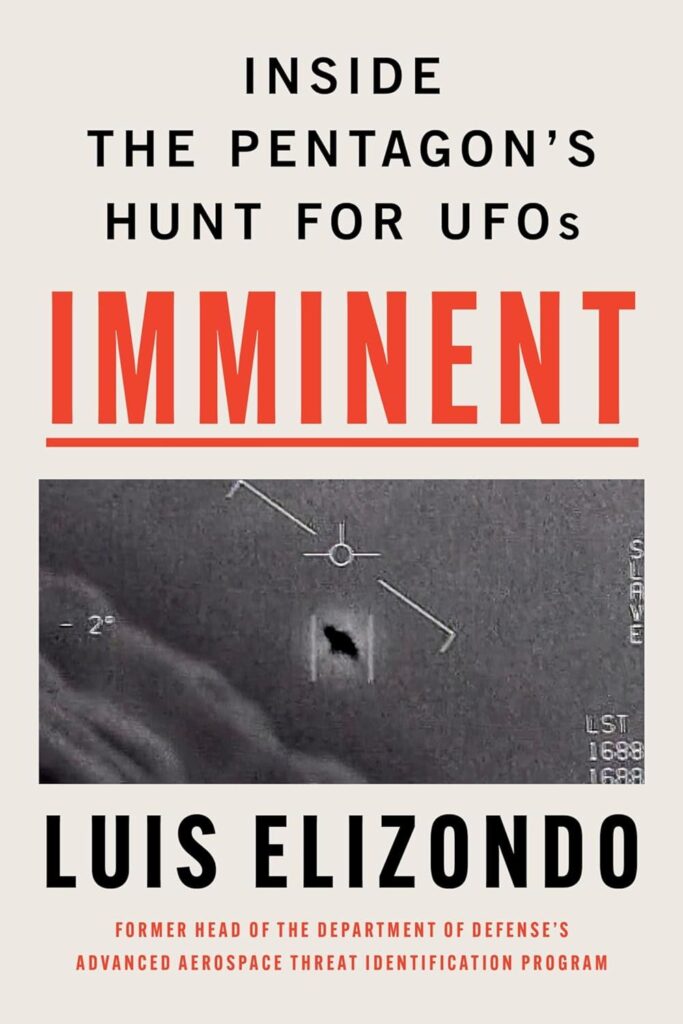
Conclusion
The remarkable technological advancements of the past several decades continue to spark debate about their origins. While mainstream science credits these leaps to human innovation and research, the intriguing possibility of extraterrestrial influence cannot be entirely dismissed. The convergence of increased UFO sightings, credible whistleblower testimonies, and the rapid pace of technological progress invites speculation about the potential role of alien technology in shaping our modern world. Whether coincidence or consequence, these advancements underscore the profound impact of technological breakthroughs on society and the enduring mystery of our encounters with the unknown. The potential hidden connections with the DOE further deepen the enigma, suggesting a concerted effort to harness and integrate these otherworldly technologies into our own.
